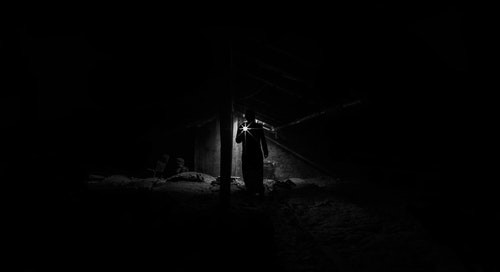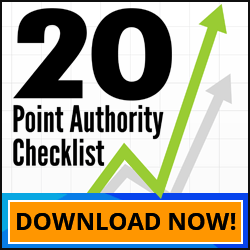Many people have the mistaken belief that Google ranks websites. That is not true – Google ranks each individual page separately. So what we prescribe here should be applied to every single page on your website, individually.
Select one keyword phrase for every webpage that you optimize and make it the primary focus. If you have several synonyms to choose from, look them up in Google’s Keyword Tool and choose the keyword phrase which receives the most traffic. You can also use closely related secondary phrases, but make sure the primary keyword remains front and centre.
This is where you should start with your keyword research, but proper selection of keywords will come with more experience. It is really a matter of combining the science and art of selection. Ultimately you want to choose the words which are being selected by your searchers who are looking to make a purchase.
One tool which can be of help here is the Market Samurai tool. They also provide free training which can help.
This may at first appear to be an inconsequential step, but in fact it is crucial and should not be rushed. It is the foundation of every other part of SEO, and should not be considered carefully. If you perform this aspect well, you will set yourself up for some good results in the long run.
The keyword needs to be used in the Title Tag.
The Title Tag is a line of code which you won’t find directly on the webpage, but it defines what appears at the top of the browser window. To see an example, the homepage Title Tag of this site is: #1 Melbourne SEO Services Company.
The Title Tag is also used as the clickable part (the headline) when that page is used in the Google listings. To see how this looks in the code, right click on my homepage and select ‘View Page Source’ (or ‘View Source’ if you’re using Internet Explorer).
The construction of the Title Tag is easy to understand. It opens with the word ‘title’ in brackets:and closes with. The text you place between these two words is then included in your Title tag.
You should include your keyword in the Title Tag, and although you may like to put this at the front, to improve the chances of your users clicking on it, it may need to be included later. The Title Tag should be no longer than five or six words and have less then 64 characters.
Make sure that the Title Tag is an attractive headline, and here your copywriting skills can help take you to the next level.
In the example above, I included the #1 to make it more appealing and also used the word ‘company’ to pick up some secondary phrases. ‘Melbourne SEO Services’ is my primary keyword so naturally that needs to feature prominently.
In the next part of this post, you will learn how to do keyword optimization for the other tags on your website.
Do you need an expert’s opinion on your web site and your online marketing as a whole? Our Internet marketing consulting service will help you build the best web strategy. Click here to know more.

Search for the best keywords for your website.



Interesting article mate, thou sure each page should be optimized for one keyword, it might sometimes look like over optimizing a web page.
I like the bit about having secondary keywords and hoping to get picked up there, specially when doing link building, we focus more on deliberate sentences now eg ” Easy One Bikers is a Motorcycle Dealer in Ampang” Keyword there is motorcycle dealer making it more natural, as usual, enjoy reading your articles
Title tags really have to be catchy because they are your first point of contact with potential clients. Whether searchers will click to them or not depends on their power to stir interest…And you really have to insert your keywords in them to make your website/web content more findable by searchers.